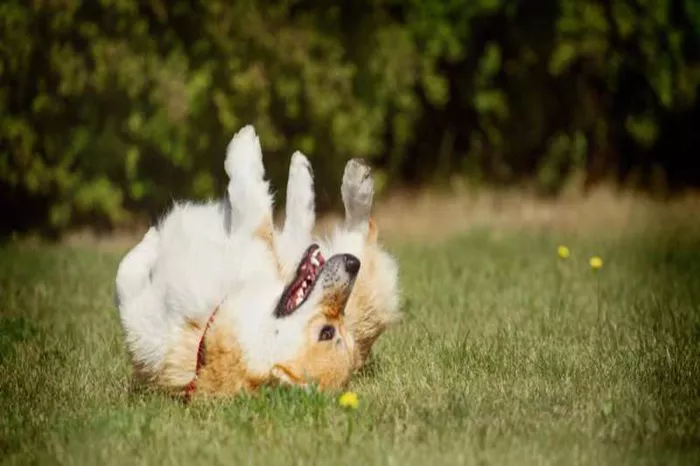Corgis are intelligent, energetic, and eager to please. These traits make them excellent candidates for trick training. However, they can also be strong-willed. Before starting, it’s important to know your Corgi’s personality. Some may pick up tricks quickly. Others need more time and patience.
Corgis respond well to positive reinforcement. Harsh methods can harm their trust and enthusiasm. Keep training sessions short, consistent, and enjoyable.
Preparing for the Training Session
Choose a Quiet Space
Minimize distractions. Find a quiet room or backyard. This helps your dog focus on you and the task at hand.
Gather Your Supplies
You’ll need:
- Small, high-value treats
- A soft mat or blanket
- Clicker (optional)
- Time and patience
Step-by-Step Instructions to Teach “Roll Over”
Step 1: Command “Down”
Start with your Corgi in a “down” position. If they don’t know this command, teach it first. Hold a treat near their nose. Slowly lower your hand to the ground. Reward when they lie down.
Step 2: Lure the Head
Hold a treat close to your dog’s nose. Move your hand slowly toward their shoulder. This should make them turn their head. Their body will begin to follow. When their body shifts, praise and give a treat.
Step 3: Encourage a Full Roll
Repeat the lure movement. Guide the treat further over their shoulder, toward the opposite side. Their body should roll onto their back, then onto the other side. When they complete the roll, say “Roll Over” and give a treat.
Step 4: Add the Verbal Cue
After several repetitions, say “Roll Over” before moving your hand. With enough practice, your Corgi will associate the cue with the motion.
Step 5: Practice and Reinforce
Keep sessions short—5 to 10 minutes is enough. Practice daily. Always end on a positive note. Use lots of praise and rewards.
Common Mistakes to Avoid
Skipping the Foundation
Many owners rush into teaching tricks. Skipping “sit” or “down” can confuse the dog. Make sure basic commands are well established.
Overtraining
Too much repetition can cause frustration. If your Corgi seems tired or bored, stop. Let them rest and try again later.
Incorrect Timing
Timing is key. Reward immediately after the desired action. This helps your dog connect the behavior with the reward.
Using Clicker Training for Better Results
Clicker training can speed up learning. A click tells your dog exactly when they did something right. After the click, always give a treat. This method is effective and science-backed.
When to Seek Professional Help
Behavioral Challenges
If your Corgi resists training or shows signs of fear, consult a trainer. Anxiety or past trauma may affect learning.
Lack of Progress
If progress stalls despite consistent practice, a certified dog trainer can help. Sometimes a small change in technique makes a big difference.
Tips to Keep Training Fun
Vary the Rewards
Mix high-value treats with verbal praise and petting. Variety keeps your dog motivated.
Change Locations
Practice in different rooms or outdoors. This helps your dog generalize the behavior in all environments.
Celebrate Small Wins
Even small steps are progress. Celebrate partial rolls or good focus. Build confidence through encouragement.
Integrating the Trick into Daily Life
Use During Play
Ask your Corgi to “Roll Over” before tossing a toy. This builds good habits and makes the trick more meaningful.
Show Off at Social Events
Rolling over is a crowd-pleaser. Use it to show your dog’s obedience and personality. Always keep treats handy for reinforcement.
Conclusion
Training a Corgi to roll over is achievable with patience, clarity, and rewards. Start with basic commands. Use a calm voice and positive energy. Reward every step of progress. Avoid frustration by keeping sessions short and fun.
Remember, your dog learns at their own pace. Celebrate the journey. With consistent training and care, your Corgi will roll over with pride.
Related topics:
How Much Should a Yorkie Puppy Eat a Day
6 Best Dog Food for Gastrointestinal Problems
Can I Make Dog Treats with White Flour


